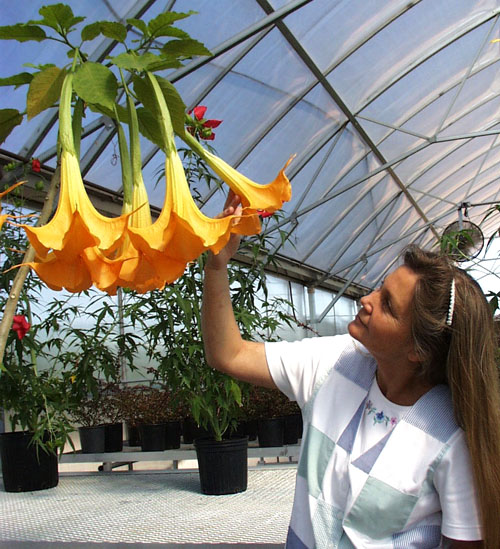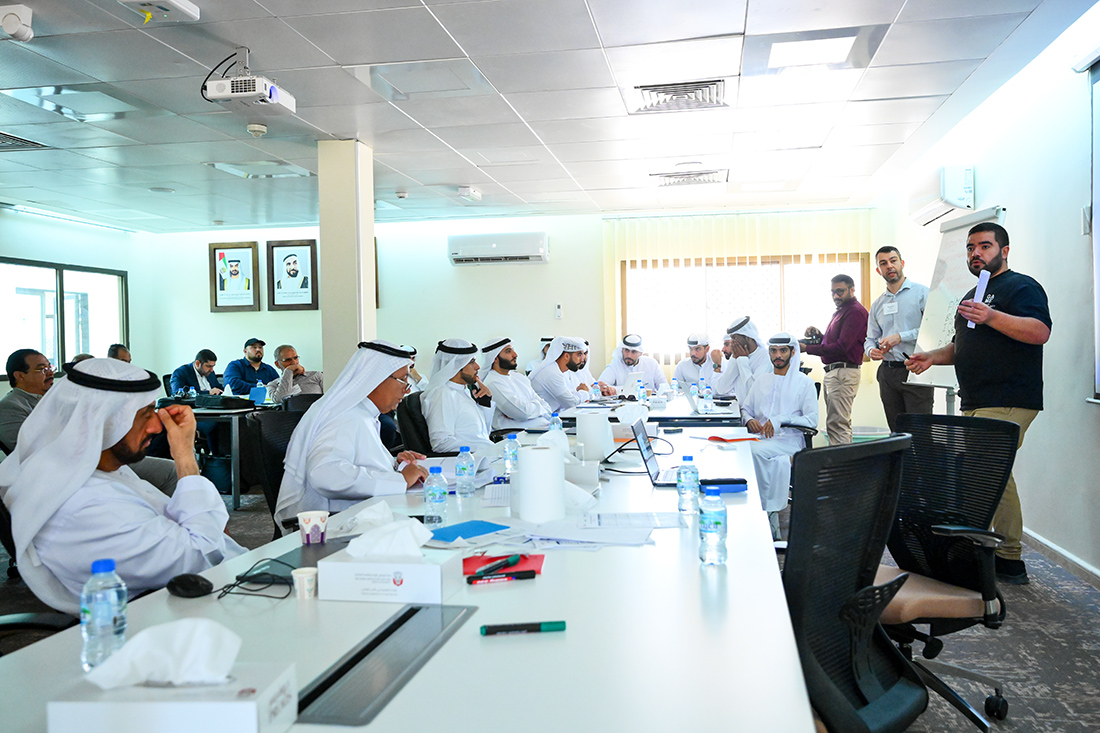By Winston Dangler
University of Georgia
During summer, children are outside more, and the vibrant colors and smells of blooming flowers might lead them to take a little taste of a plant. This can be dangerous.
The Georgia Poison Control Center often receives questions about the dangers of mushrooms or houseplants, said Gaylord Lopez, the center’s director. But when someone calls about the toxicity of any plant, the answers to a series of questions determine how much exposure someone has had to the plant. The information is then compared to a plant database to see if signs or symptoms match the toxicity.
Lopez advises homeowners to identify the plants in their landscape and label them for easy identification. This information can prove life-saving if the plant is ever eaten.
“Most plant ingestions are by children, accidental, and in small quantities of only a couple of berries or leaves,” he said. Poison control operators advise callers on how to respond based on how much was eaten and which parts of the plant were swallowed. If someone eats high quantities of any plant, hospitalization may be required.
University of Georgia Cooperative Extension horticulturist Gary Wade says there are several poisonous plants in home landscapes.
“Most people don’t commonly eat leaves from plants in their landscape, but you never know when young children or playful teenagers will grab a few leaves and put them in their mouths, becoming nauseous or developing symptoms similar to food poisoning,” Wade said. “Furthermore, culinary experts use the flowers of nasturtiums and pansies in salads and as garnishes, but this does not mean that all flowers are edible.”
A few common landscape plants that contain toxic compounds capable of causing flu-like symptoms when eaten are azaleas, mountain laurel and rhododendron. Their leaves, stems, flowers and even their pollen contain andromedotoxin, which can cause headache, nausea and respiratory problems.
Oakleaf hydrangeas have the compound hydragin in their leaves and buds. When eaten, these plant parts can cause stomach ache and diarrhea.
Ornamental cherries, including the cultivars Yoshino, Okame and Kwansan, are popular landscape plants. Their leaves, stems and seeds contain cyanogenic glycoside, a compound known to cause respiratory problems, dizziness and convulsions when eaten.
Wisteria pods and seeds contain a glycoside called wisterin that causes stomach ache, nausea, vomiting and diarrhea when eaten.
Angel’s Trumpet has become a popular plant in landscapes in recent years. Unfortunately, all parts of the plant contain tropane alkaloids, which cause headaches, convulsions and severe respiratory problems when swallowed.
“People should not stop planting these plants. They just need to be aware of their toxic properties when ingested and should be cautious when allowing young children, or even pets, to play around them,” Wade said. “The word poisonous does not mean deadly. The severity of the symptoms depends on the amount eaten and the plant part eaten.”
While poisonous plants are inconvenient to people, the toxins do serve a purpose to the plant. They are defense mechanisms plants use as protection from predators such as insects and bacteria. Plant poisons are so successful at keeping insects away that several early pesticides were mimics of naturally-occurring chemicals of poisonous plants, said Matthew Chappell, a UGA Extension horticulturist.
“There is a small percentage of harmful poisonous plants if eaten, however, people need to be aware of the dangers of eating poisonous plants. If someone wants to eat a plant in the landscape they must be well versed in keying and identifying plants beforehand,” Chappell said. “If you are not a plant expert and would like to eat something in your landscape, call your local Extension office and ask them to identify the plant for you.”
For more information on poisonous plants around the home, see UGA Extension circular 957, Poisonous Plants in the Landscape, available on-line at http://pubs.caes.uga.edu/caespubs/pubs/PDF/C957.pdf.
(Winston Dangler is a student writer for the College of Agricultural and Environmental Sciences.)




